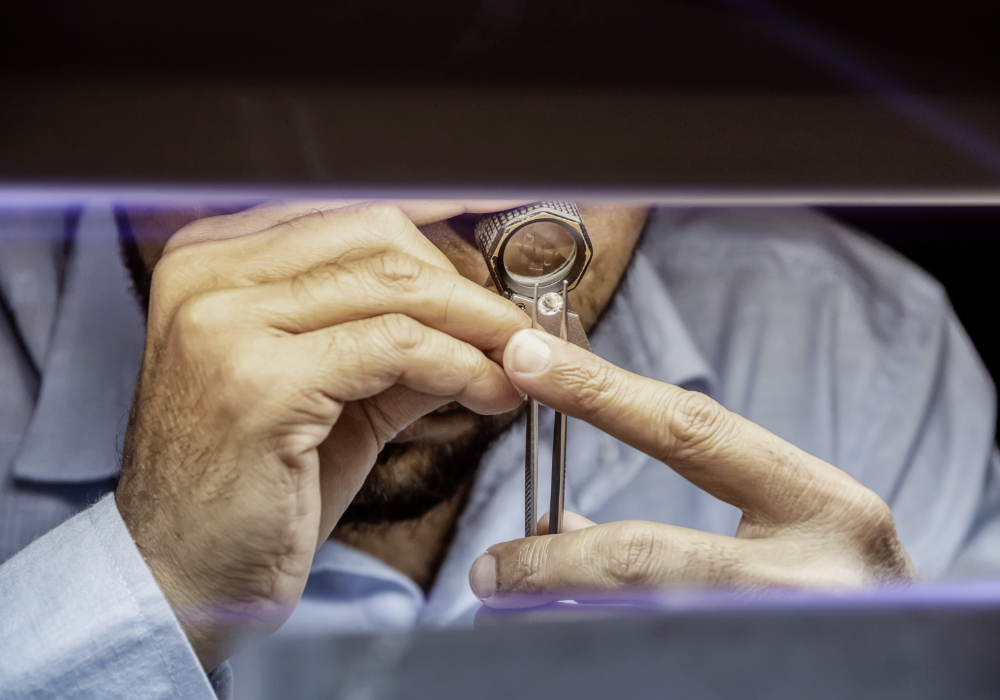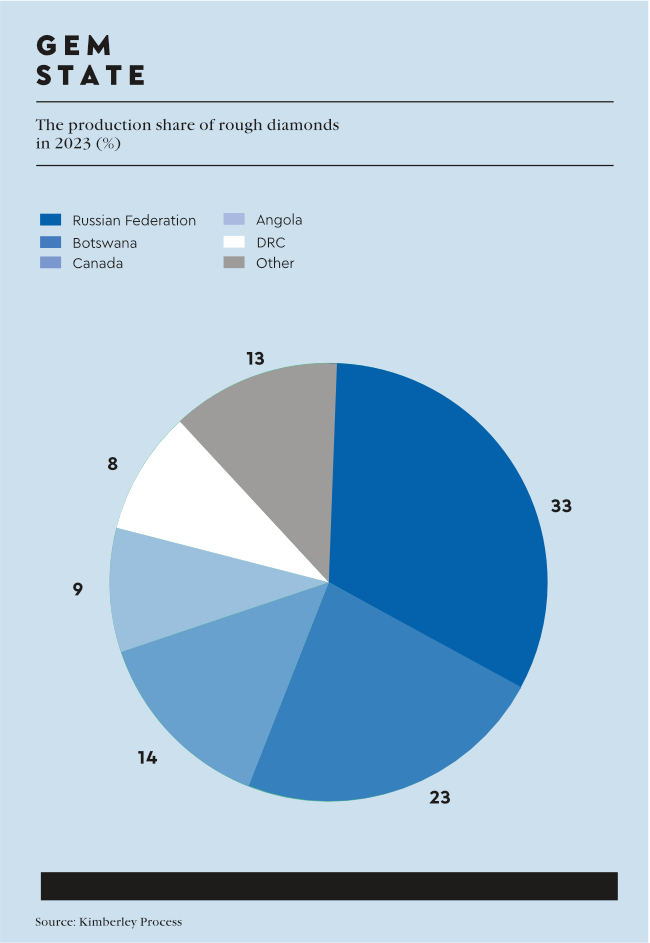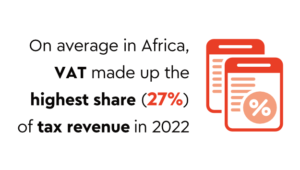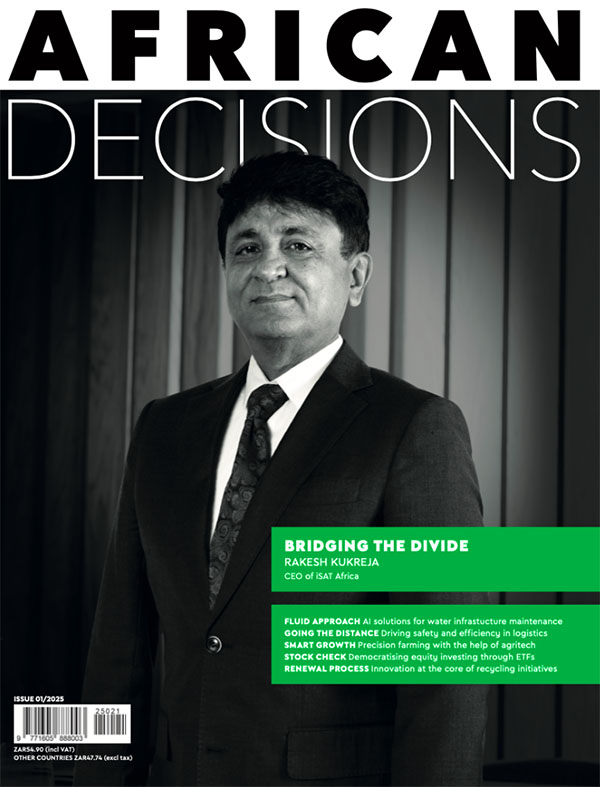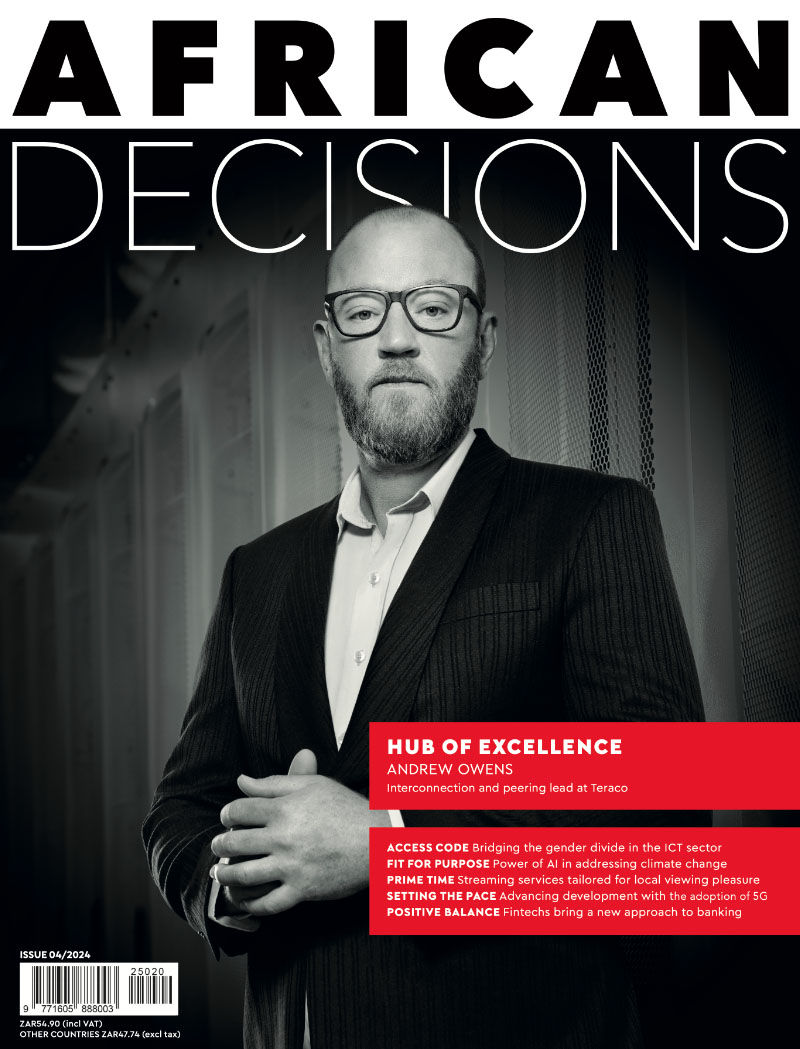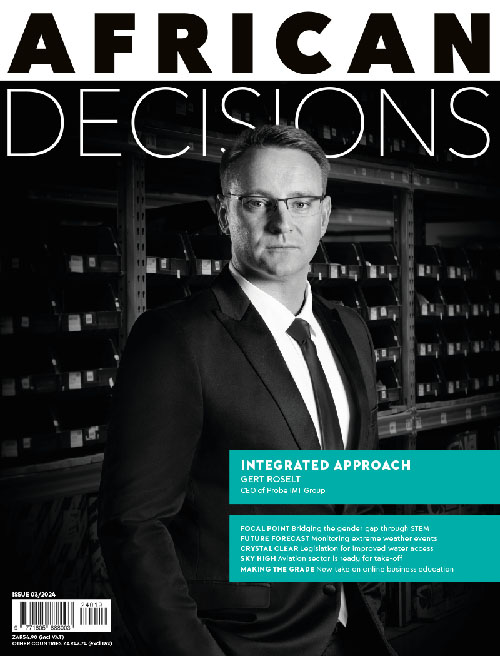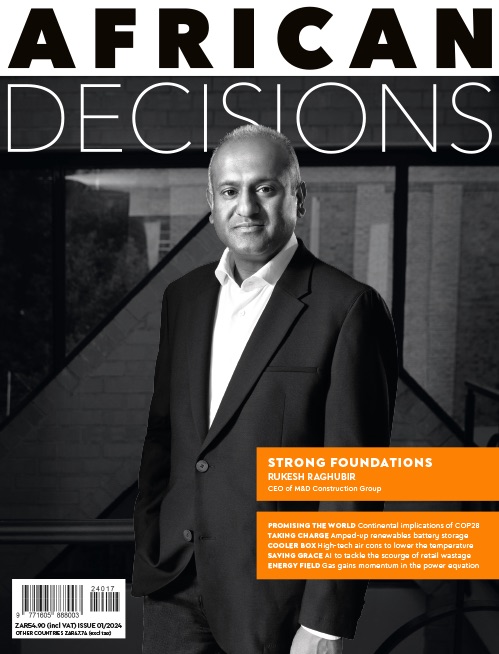Zimbabwe is estimated to lose about US$1.5 billion in revenue a year to gold smuggling. That’s according to the International Crisis Group. Now the country is introducing a system for the real-time tracking of the precious metal. Bloomberg reports that the system, expected to be in operation by October 2024, will involve the tracing – from the point of weighing by the producer to the market – of gold to cut down on smuggling.
‘The system allows for real-time monitoring from bullion weighing by the producer and its subsequent delivery to FGR [Fidelity Gold Refinery], which can also be traced to the market,’ according to FGR GM Peter Magaramombe. FGR, owned by the Reserve Bank of Zimbabwe, is the country’s sole authorised buyer of gold. Zimbabwe wants to produce 40 tons of gold in 2024, up from about 30 tons in 2023.
One of the primary benefits of minerals tracking is the enhanced transparency it brings to the supply chain. Traditionally, the journey of minerals from extraction to the final product involves multiple stages, including transportation, processing and manufacturing. Each of these stages may involve different companies, making it difficult to ensure that ethical and environmental standards are consistently upheld.
By utilising technology, mining companies can create a tamper-proof digital ledger that records every transaction and movement of minerals throughout the supply chain.
This level of transparency allows stakeholders, including regulators, investors and consumers, to verify that the minerals have been sourced and processed in compliance with legal and ethical standards.
In today’s market, consumers are increasingly concerned about the ethical and environmental implications of the products they purchase. Minerals tracking systems can provide consumers with the information they need to make informed choices, building trust in a company’s brand. By offering transparency about the origins and journey of the minerals used in their products, companies can differentiate themselves in a competitive market and attract socially conscious consumers.
One of the companies that has been very proactive in this regard is De Beers, the diamond giant. In October last year it announced that it was collaborating with Sarine Technologies on a scalable, cost-effective solution for use in tracking diamonds from their source to the point of entry into G7 countries. ‘The solution combines the complementary benefits of both the Tracr platform and Sarine’s Diamond Journey traceability solution. The Tracr-Sarine solution is designed to facilitate the source verification and traceability of diamonds upon entry to the G7 and other countries, utilising a dedicated digital portal,’ according to De Beers. Tracr is De Beers’ diamond blockchain platform, which enables registration of rough diamonds at source.
‘The collaboration will utilise Sarine’s ability to perform objective verification of a diamond’s journey from rough to polished using verifiable data, which is uploaded onto the Tracr platform. The digital platform will then host a dedicated customs portal to be used by government officials from the G7 and other countries,’ according to a De Beers statement.
‘Through the use of Sarine’s and Tracr’s existing, extensive networks – with over 100 million diamonds utilising Sarine’s systems annually and more than 1.5 million rough diamonds currently registered on Tracr at source – the solution is expected to have minimal impact on the supply chain. Both Tracr and Sarine have a broad presence in the diamond industry, making this a solution that can be scaled quickly and effectively.’
According to Wes Tucker, Tracr CEO, diamond ‘provenance assurance is a rapidly growing priority that will affect all parts of the industry, especially with G7 nations set to implement new import restrictions. The collaboration between Tracr and Sarine will bring together the best of both of our propositions to deliver a highly effective, scalable and cost-effective digital diamond traceability solution that can play a key role within the inclusive framework of the G7 Diamond Protocol facilitated by the World Diamond Council’.
The mining industry is subject to a complex web of regulations aimed at ensuring environmental protection, worker safety and fair trade practices. Compliance with these regulations is critical, but it can be challenging due to the fragmented nature of the supply chain.
Minerals tracking systems can streamline the compliance process by providing a comprehensive record of a mineral’s history, including details about its extraction, transportation and processing. This record can be easily accessed by regulators and auditors, simplifying the verification process and reducing the risk of non-compliance.

In addition to regulatory compliance, minerals tracking can help reduce fraud and counterfeiting in the supply chain.
The mining industry is vulnerable to various forms of fraud, such as misrepresentation of mineral grades, substitution of lower-quality materials and falsification of documentation. Blockchain’s immutable ledger ensures that every transaction is recorded and cannot be altered, making it much more difficult for fraudulent activities to go undetected.
This increased security can protect both companies and consumers from the financial and reputational risks associated with fraud.
The Mineral Output Statistical Evaluation System (MOSES) is a mineral tracking system designed by UNCTAD. When it was trialled by the Zambian Revenue Authority (ZRA) it allowed the government to recover about US$1 million in unpaid export dues from mining companies in just one year. ‘MOSES quickly demonstrated its importance for Zambia’s development strategies,’ according to then ZRA commissioner general, Kingsley Chanda. ‘Compliance by mining operators has greatly improved.’
UNCTAD says that in addition to ‘tracking copper and other minerals as they travel from mines to borders, the system allows mining companies to submit their monthly mineral production reports electronically instead of travelling to the capital Lusaka to submit them in person’.
The organisation notes that MOSES was developed as part of UNCTAD’s Automated System for Customs Data (ASYCUDA), ‘which has been helping developing countries modernise their customs clearance processes since the 1980s’.
Over the years, according to UNCTAD, the programme has expanded to cover more trade-related procedures, including the creation of ‘single windows’ that serve as an administrative one-stop shop for administative procedures for imports and exports. ‘Many of its activities, including in least-developed countries, are directly funded by the beneficiaries themselves, which helps ensure sustainability. So does the programme’s strategy of training local staff.’ MOSES can help make a dent in the illicit financial flows out of the continent, which UNCTAD estimates to reach at least US$88.6 billion each year.
Minerals tracking can also play a big part in sustainability, which is a growing concern for consumers and investors alike. Mining companies are increasingly expected to demonstrate their commitment to responsible environmental and social practices.
Minerals tracking can support these efforts by providing a transparent record of a company’s environmental impact and adherence to sustainability standards. For instance, blockchain technology can be used to track the carbon footprint of a mineral as it moves through the supply chain, enabling companies to identify opportunities for reducing emissions and improving efficiency.
Furthermore, minerals tracking can facilitate the implementation of circular economy principles in the mining industry. By tracking minerals throughout their life cycle – from extraction to end-of-life recycling – companies can ensure that valuable materials are recovered and reused, reducing waste and conserving natural resources, at the same time as combating criminal activities such as fraud and smuggling.

